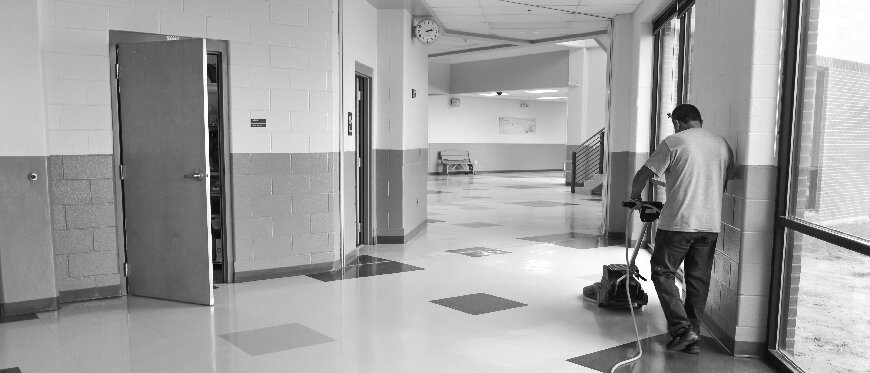The rapidly aging facilities management (FM) workforce is like a bad crack in your facility’s foundation – and it’s just going to keep getting wider, unless you act now. With an average employee age of 49, the industry is facing the loss of 50% of its workers in the next five to fifteen years. And “thanks” to The Great Recession, not nearly as many young people have entered the field in the last decade as might normally be expected.
That’s the bad news. The good news is that, whether you manage commercial, educational or healthcare facilities, there are four key initiatives you can undertake to ensure future workforce success.
One: Create a workforce succession plan
The term “succession planning” is often associated with preparing for leadership succession, but it’s also a critical exercise for ensuring the ongoing viability of your facilities management team. Effective planning should be:
Team-powered
It may be tempting for a senior facility manager to undertake succession planning as a solo project, but it is wise to engage subordinates, leaders from other departments, and even clients and customers. This will allow you to get a 360-degree view of what the various roles require and how job design might be adjusted to improve both employee performance and satisfaction.
Future-focused
Those jobs you’re designing will likely look much different in a decade than they do now. The demands of tomorrow’s technically advanced, intelligent buildings will require job design that reflects a much different knowledge and skills base than is currently required.
Leadership-supported
As a matter of both authority and effectiveness, any succession planning process will need the support and involvement of the C-Suite. This will help provide the authority to gain interdepartmental participation. Ideally, it will also invite facilities management in to the business planning loop, so that you can align workforce succession strategy to overall business strategy.
Two: Nurture the best, shine a light on the brightest
The best way to start any succession plan is by figuring out how to help your finest current workers succeed. Look in-house first, not only to promising talent within the facilities management ranks, but also within adjacent departments. You may well spot skills that could be better deployed and honed in the FM arena.
Once you find your stars, both established and rising, let them shine. Reward and communicate their successes and advancements. Make them the faces of an appealing workplace culture that is exciting, forward-looking, and known for being as supportive of the individual as it is of the organization.
Three: Recruit for future potential, not past experience
Creating an attractive workplace culture helps with recruitment as much as it does retention.
When recruiting for the FM workforce of the future, however, seeking out those with existing skills may not be sufficient – and not only because of the small size of the younger current talent pool. Human resources leaders recommend that facilities managers instead look for workers with development potential, the ability to acquire new skills, and a strong sense of personal initiative and adaptability (the latter so that they may serve future needs as yet unknown).
Four: Mentor for upward mobility
Whether you are considering the valued current employees you want to keep, or new hires you hope to grow, you can’t expect even the most self-activated to find growth and satisfaction all on their own. All employees need mentors, whether in the many apprenticeship programs starting to pop up, or in formal and informal mentoring relationships within your organization.
Mentors can provide advice, encouragement, instruction, and – most importantly – an example, an image of what others can achieve.
The facilities management industry steps up to the challenge
There’s no doubt about it – the aging facilities management workforce presents a major challenge for virtually all organizations. As a facilities manager you are not, however, alone in meeting those challenges. High schools are moving beyond their long-standing over-emphasis on college preparation to finally give young people the choice of learning what were once valued as trade skills (skills now updated for new needs). And industry organizations are mounting aggressive initiatives, such as the IFMA Foundation’s Global Workforce Program, to provide young people with specific education, training and credentials in facilities management.
There is no way to avoid the facts of the FM workforce future, but there are many ways to prepare. The real key is to start now.
Sources:
Higher Ed Facilities Forum: Dealing with an aging facilities management workforce
IFMA: Making facilities management a career of choice (PDF)
HFM Magazine: Succession planning for facilities managers
SHRM: Create a succession plan that works
